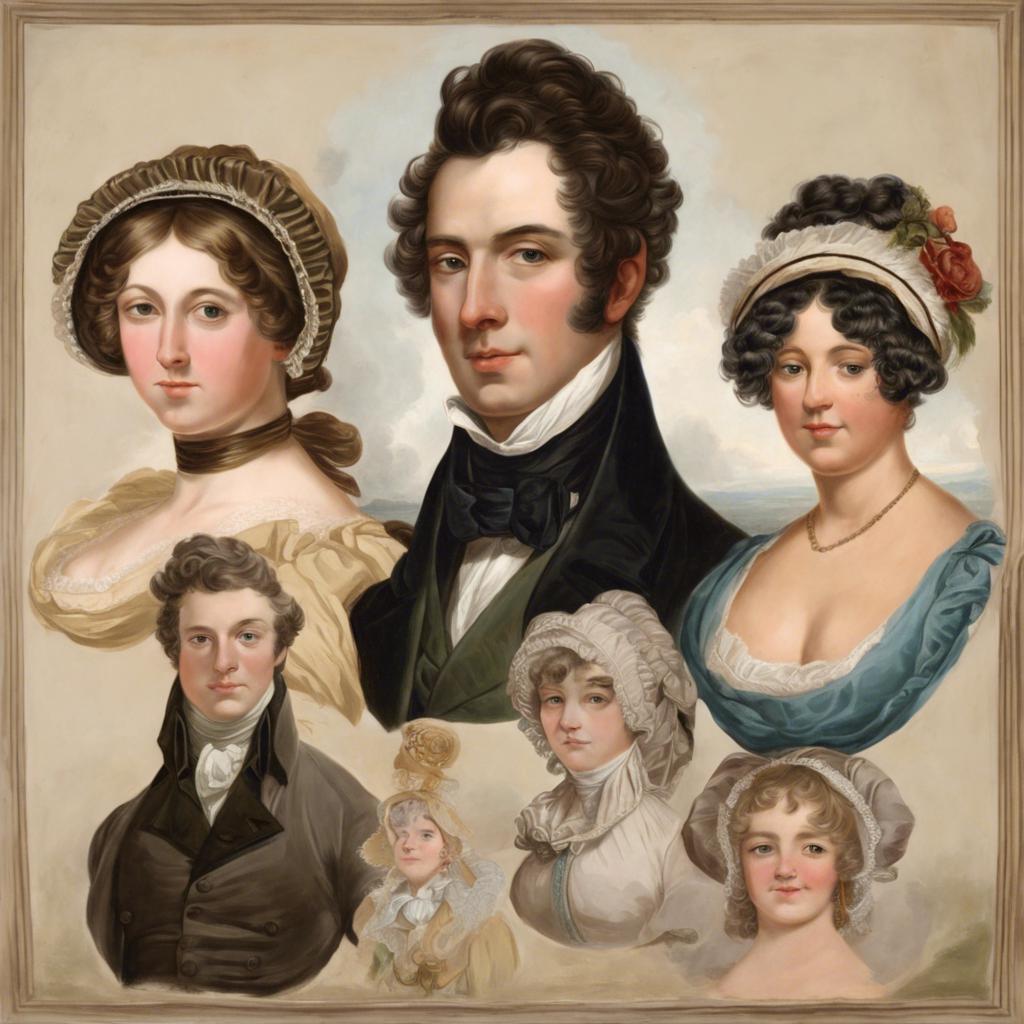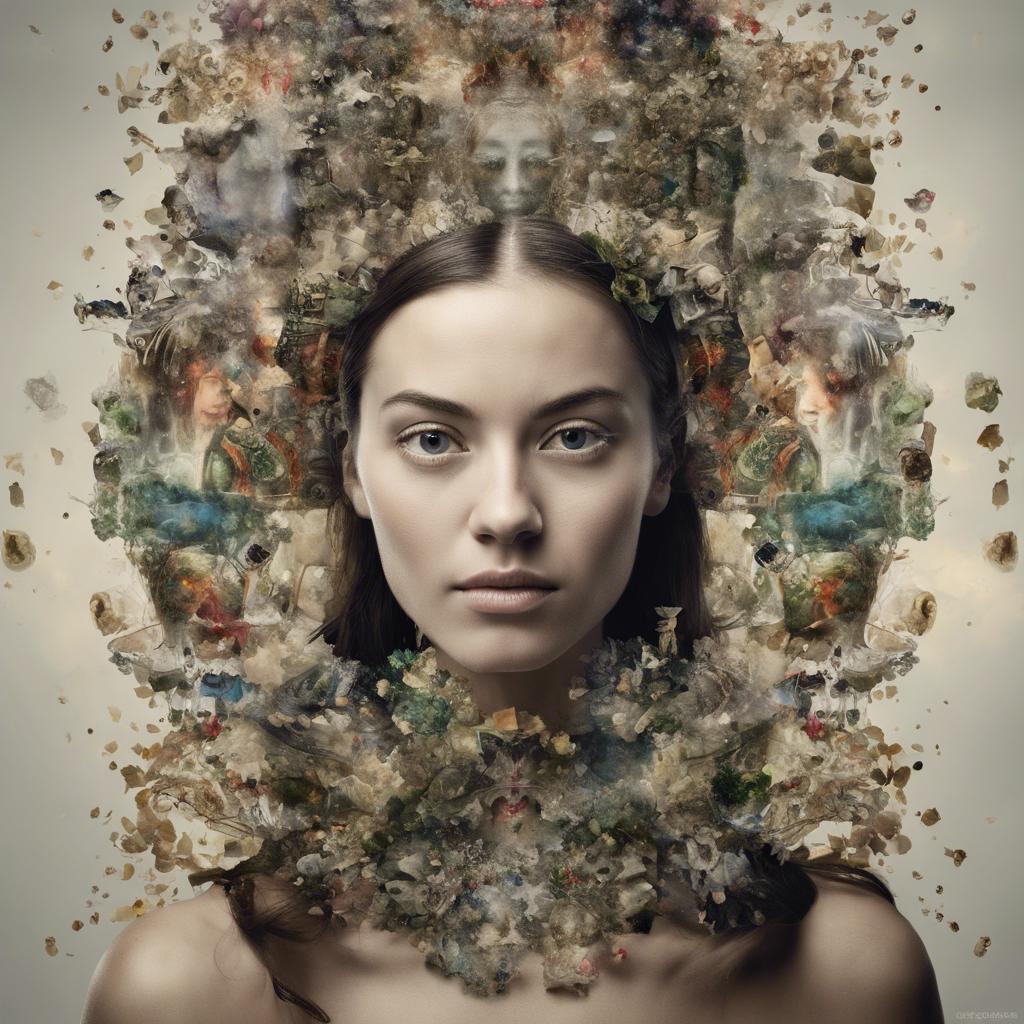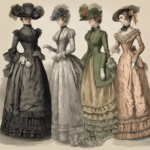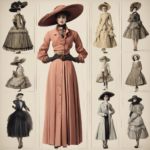During the Regency Era, a time marked by elegance, refinement, and cultural revival, portraiture emerged as a significant form of artistic expression. In this article, we delve into the world of Regency Era portraits, exploring the key characteristics, themes, and artists that defined this captivating period in history. From the intricate details of costume to the subtle expressions captured on canvas, these portraits offer a window into the lives and aspirations of the men and women who inhabited the high society of early 19th-century England. Join us on a journey through the artistry and sophistication of Regency Era portraiture.
Step Into the World of Cheryl Bolen
Dive into the enchanting stories of love, intrigue, and elegance set in the Regency Era. Cheryl Bolen's novels offer timeless romance and captivating tales that will leave you wanting more.
Explore Cheryl Bolen's Books Now
Introduction to Regency Era Portraits
During the Regency Era in the early 19th century, portraits became a popular form of art, serving as a way to capture the elegance and fashion of the time. These portraits often showcased individuals in their finest attire, showcasing the luxurious fabrics and intricate details of the clothing worn during this period.
Regency era portraits were known for their attention to detail, with artists meticulously capturing the facial features and expressions of their subjects. These portraits not only documented the physical appearance of individuals but also served as a reflection of their social status and personality.
Some key features of Regency era portraits include:
- Soft, romantic lighting that enhanced the delicate features of the subject.
- Elegant poses that evoked grace and sophistication.
- Lush backgrounds that added depth and richness to the portrait.
Elegance and Sophistication in Regency Portraiture
The Regency era was a period of elegance and sophistication in the world of portraiture. Artists during this time captured the beauty and grace of their subjects with meticulous attention to detail. Portraits from this era often feature individuals dressed in luxurious fabrics, striking poses, and exuding an air of refinement.
One of the key elements of Regency portraiture is the use of soft, natural lighting to create a sense of warmth and intimacy in the painting. This technique adds a sense of depth and dimension to the subject, making them appear almost lifelike. The artists of the Regency era were masters at capturing the essence of their subjects, showcasing their inner beauty and personality.
Regency era portraits are characterized by their exquisite attention to detail, from the intricate patterns on clothing to the delicate features of the subjects. Artists during this time paid great attention to the small nuances that made each individual unique, resulting in portraits that are not only visually stunning but also rich in character. These portraits serve as a window into the past, allowing us to glimpse the grace and sophistication of the Regency era.
The Influence of Fashion and Society on Regency Era Portraits
The Regency Era was a time of significant cultural and societal change, reflected in the art and fashion of the period. Portraits from this era not only captured the physical appearance of individuals but also highlighted the influence of fashion and society on their depiction. The clothing and accessories worn in these portraits were often symbolic of social status and cultural norms, showcasing the trends of the time.
Women’s fashion in Regency Era portraits was characterized by regency era victorian era”>high-waisted dresses with empire silhouettes, delicate fabrics, and intricate embellishments such as lace and ribbons. The popular hairstyle of the period, known as the “Grecian knot,” added to the overall elegant and romantic aesthetic portrayed in these artworks. Men’s fashion, on the other hand, featured tailored coats, breeches, and cravats, emphasizing a sense of refinement and sophistication.
These portraits also served as a form of self-expression and identity, allowing individuals to project a desired image to society. Whether showcasing wealth, status, or personal taste, Regency Era portraits were a reflection of the cultural ideals and values of the time. The attention to detail in clothing and accessories, as well as the poses and expressions of the sitters, all contributed to the overall narrative conveyed in these captivating works of art.
Capturing Emotions in Regency Portraits
The art of is a delicate and precise skill that was mastered by the talented artists of the era. These portraits not only served as a form of documentation but also as a way to portray the inner thoughts and feelings of the subjects. Through the use of subtle facial expressions, body language, and intricate details, these portraits were able to convey a wide range of emotions.
One of the key elements in was the use of symbolism and allegory. Artists often incorporated specific objects or backgrounds that were associated with particular emotions or qualities. For example, a portrait featuring a subject holding a book may symbolize intelligence and wisdom, while a portrait set against a backdrop of lush greenery may evoke feelings of peace and tranquility.
Another important aspect of was the use of color and lighting. Soft, muted tones were often employed to create a sense of elegance and refinement, while carefully placed lighting could enhance certain features and evoke specific moods. The subtle interplay of light and shadow in these portraits added depth and complexity to the overall emotional impact.
In Conclusion
the regency era portraits offer a captivating glimpse into the culture, society, and fashion of the early 19th century. These exquisite works of art not only showcase the talent of renowned artists, but also serve as valuable historic documents that provide insight into the lives of individuals during this significant period in history. As we continue to study and appreciate these masterpieces, we are reminded of the enduring legacy of the regency era and the enduring allure of its portraiture.


